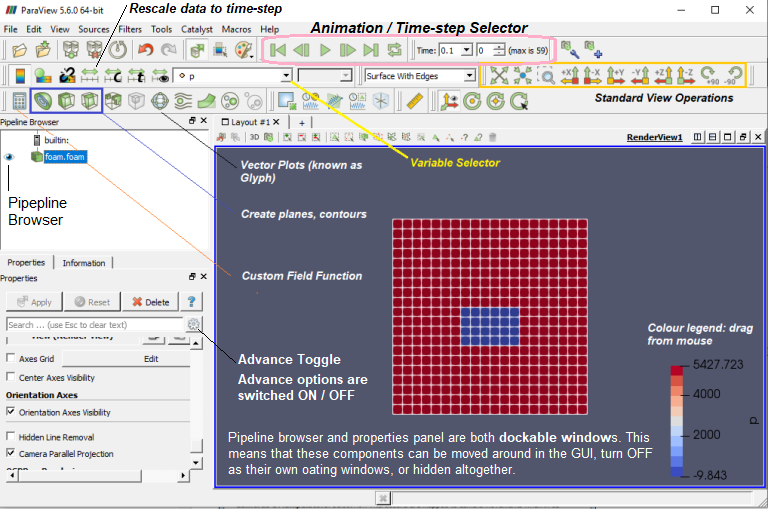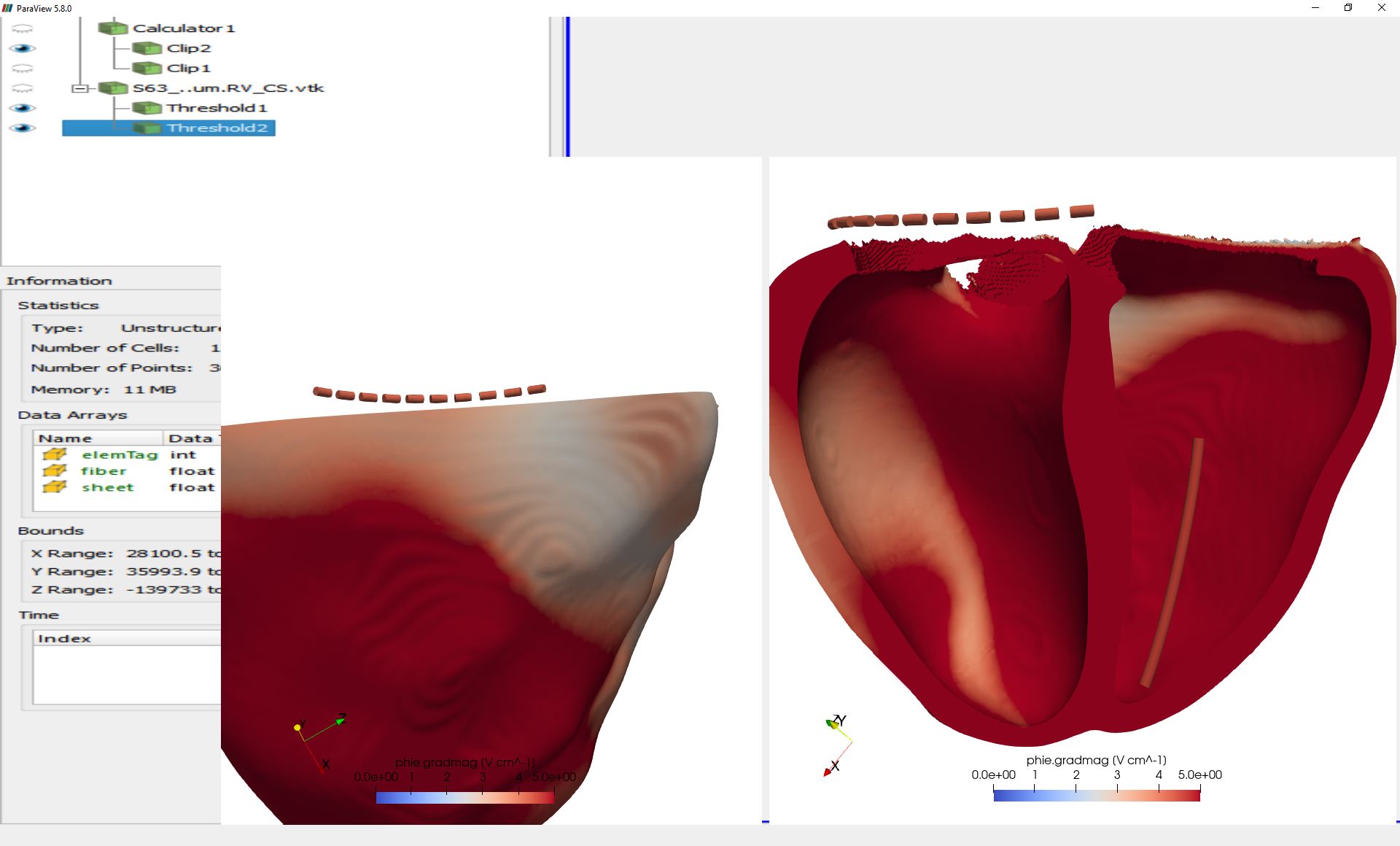

- #Paraview microstructure how to
- #Paraview microstructure manual
- #Paraview microstructure full
- #Paraview microstructure download
Paraview.simple._DisableFirstRenderCameraReset()
#Paraview microstructure full
Please give credit to because it is really his solutionįor future reference the full script, including some cell and point data from paraview.simple import * Next, your script will look something like: import numpy as np I would define a Programmable Source, set its Output Data Set Type to vtkUnstructuredGrid. If you import paraview.simple for example, the behavior is undefined.įor your purposes, lower level Python programming seems appropriate. It is important to note that the Programmable Filter and Programmable Source do not know anything about ParaView or paraview.simple - they execute their Python scripts in a Python environment where only VTK is available. Programmable Filter and Programmable Source is where this level of programming is done. Most things you can do in the user interface can be done in ParaView at this level through the Python Console or by running a script through the Python Console.Īt a lower level, Python can be used to define operations with VTK. Your first example is from the high level Python interface to ParaView.
#Paraview microstructure how to
It would be extremely helpful to understand how to include cell-data and point-data, but I can probably figure this out starting from the solution to this problem.įirst of all, it is important to note that there are a couple different "levels" of Python usage in ParaView. Grid.InsertNextCell(cell.GetCellType(),cell.GetPointIds()) how do I tell ParaView to use it? from paraview import vtk But the problem is that I don't know what to do with it.

One possible approach could be to build a vtkUnstructuredGrid. I know how to do something simple: from paraview.simple import *īut, how to do the mesh? Let's skip the HDF5 part, and focus on this very simple 2-D mesh comprising 2-D quadrilaterals: from paraview.simple import * a matrix with coordinates and a matrix with connectivity) from a HDF5 file and show it in ParaView, using the Python interface. this python script is released with the paper: qingbin liu, jiang li, jie liu, 2017, paraview visualization of abaqus output on the mechanical deformation of complex microstructures, computers and geosciences, 99: 135-144.I want to read a finite element mesh (i.e. python script converts abaqus odb files to vtk format for paraview visualisation. the file contains the input data and the parameters to be used by python script. this file is used to generate the output that is required by abaqus scripts. The python script, mlt.py, given in the book, is used to process a multi-line input file to produce the output file which is to be processed by python scripts.
#Paraview microstructure manual
this manual is a one stop resource that covers all aspects of python scripting in abaqus. while the abaqus finite element package is extremely useful, it is very large, and the documentation is scattered throughout a multitude of different locations. the book contains:Ībaqus is a finite element package used by many industries for a wide range of applications. it also covers how to use the abaqus scripting interface in python. it covers every aspect of scripting in abaqus from the basics like how to connect to the api, how to develop scripts in python, to the more advanced topics of structure identification, and how to use the python shell. Python scripts for abaqus: learn by example is the ideal introduction to python scripting.


? how to work with existing python modules. ? how to use the abaqus scripting interface in python. ? how to develop python scripts and use the python shell.
#Paraview microstructure download
Python Scripts For Abaqus Gautam Puri Download BETTER


 0 kommentar(er)
0 kommentar(er)
